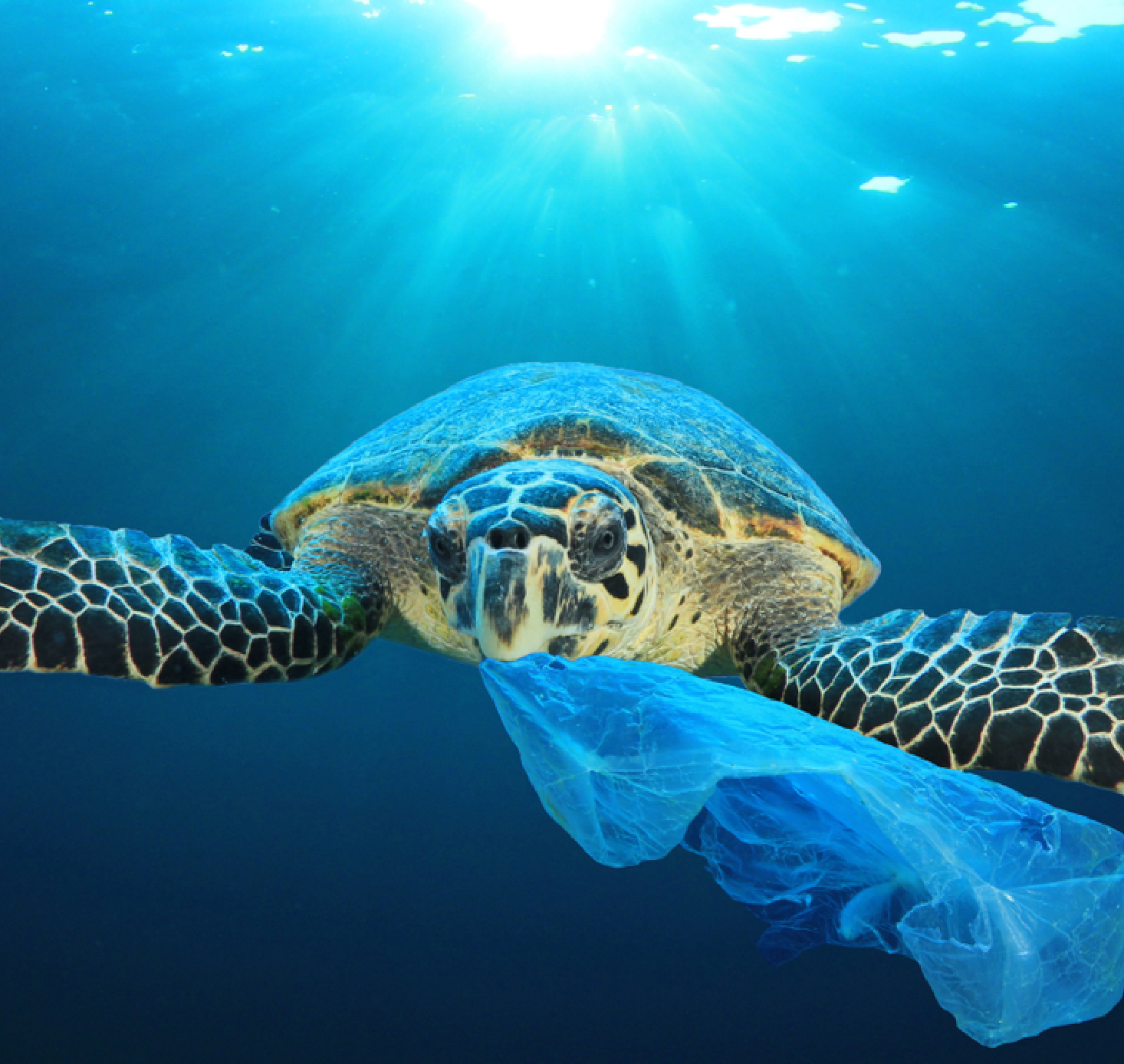
Plastic pollution
Lost and abandoned fishing gear which continues to kill marine life makes up the majority of large plastic pollution in the oceans. More than 640,000 tonnes of nets, lines, pots and traps used in commercial fishing are dumped and discarded in the sea every year, the same weight as 55,000 double-decker buses. 86% of the Great Pacific Garbage patch that is larger than Texas is comprised of fishing nets.
The amount of plastic trash that flows into the oceans every year is expected to nearly triple by 2040 to 29 million metric tons. Currently only around 8% of plastic is recycled. The coronavirus pandemic has added to the disarray. Falling oil prices have made production of virgin plastic cheaper than ever and disposable PPE is entering our oceans.
The effects of microplastics on human health are less well known, though a new Center for International Environmental Law report suggests exposure to plastics poses distinct toxic risks and human health impacts ranging from cancer to neurotoxicity, low birth weight, and cardiovascular disease.
As individuals we can hold our governments reponsible for making sure manufacturers and producers bear a heavier financial burden for the pollution they cause, and ensure they put in place and uphold promises to create a more circular economy.
We can also start to eliminate plastic waste from our own lives.
Try taking this plastic audit by CleanSeas.org here


